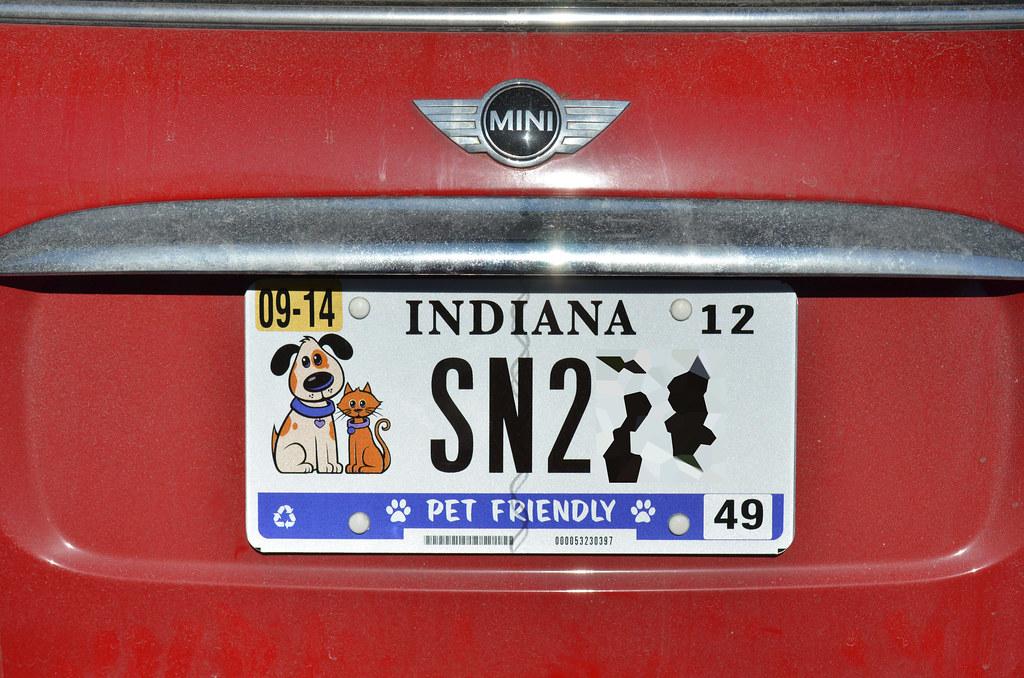Understanding the caloric needs of your dog is an essential part of ensuring their health and happiness. Just like humans, dogs require a balanced diet to maintain their energy levels, support growth, and promote overall well-being. However, determining the right amount of calories for your furry friend can be a bit challenging, as it varies depending on their age, size, breed, and activity level. In this article, we will guide you through the fundamentals of canine nutrition, offering insights and practical tips to help you tailor a diet that meets your dog’s unique caloric requirements. By understanding and addressing these needs, you’ll not only contribute to your pet’s physical health but also enhance the joy and vitality they bring into your life.
Determining Your Dogs Daily Caloric Requirements
To ensure your furry friend stays healthy and energetic, it’s crucial to understand how many calories they need each day. The amount varies based on factors such as their age, weight, breed, and activity level. Puppies and young dogs typically require more calories due to their rapid growth and boundless energy. In contrast, senior dogs may need fewer calories as their metabolism slows down. Additionally, a working dog or one that’s highly active will have a higher caloric requirement compared to a couch potato pup.
Here’s a simple approach to estimate your dog’s daily caloric needs:
- Calculate your dog’s Resting Energy Requirement (RER) using the formula: RER = 70 x (body weight in kg0.75).
- Adjust the RER based on activity level:
- Inactive/Overweight: RER x 1.2
- Normal Activity: RER x 1.6
- Active/Working: RER x 2.0-5.0
Remember, these are just guidelines, and individual needs may vary. Regularly monitor your dog’s weight and adjust their caloric intake as needed to maintain a healthy body condition. Always consult with your veterinarian for personalized advice, especially if your dog has specific health concerns.

Tailoring Nutrition to Your Dogs Life Stage
Every dog is unique, and their nutritional needs evolve as they journey through different stages of life. Puppies, for instance, require a diet rich in protein and calcium to support their rapid growth and development. As they mature into adulthood, their caloric intake should adjust to maintain a healthy weight and energy level, balancing between carbohydrates, fats, and proteins. Here are some key factors to consider when tailoring your dog’s diet:
- Puppies: Require more frequent meals with higher calorie content to fuel their active lifestyle and support bone development.
- Adult Dogs: Benefit from a balanced diet that supports their energy levels while preventing obesity, with feeding typically adjusted based on activity level and breed size.
- Senior Dogs: Often need fewer calories but higher quality nutrients to maintain muscle mass and joint health, as well as support for any age-related health concerns.
By paying close attention to these life stages and adjusting their diet accordingly, you ensure that your beloved companion receives the nutrition they need to thrive at every phase of their life.

Identifying Signs of Overfeeding and Underfeeding
Understanding your dog’s body language and physical condition is crucial to ensuring their dietary needs are met. Overfeeding can lead to weight gain, lethargy, and a decreased interest in physical activities. Common signs include:
- Noticeable weight gain
- Frequent begging for food even after meals
- Fat deposits over the ribs, tail base, or spine
On the flip side, underfeeding may cause your dog to become too thin, display a lack of energy, or even develop health issues due to nutrient deficiencies. Be alert to these indicators:
- Visible ribs, spine, or pelvic bones
- Lack of energy or enthusiasm for play
- Increased anxiety or aggression around food
Monitoring these signs will help you adjust feeding habits to maintain a healthy weight and a happy pet. Always consult with a veterinarian to tailor your dog’s diet to their specific needs and lifestyle.

Creating a Balanced Diet for Optimal Health
When it comes to nourishing our beloved canine companions, understanding their caloric requirements is pivotal. A dog’s caloric needs depend on several factors such as age, breed, size, and activity level. Puppies and active dogs generally require more calories to fuel their growth and energy demands, while senior dogs or those with a more sedentary lifestyle may need fewer. It’s crucial to ensure that the calories they consume come from a balanced mix of proteins, fats, and carbohydrates.
- Proteins: Essential for muscle growth and repair.
- Fats: Provide energy and support skin and coat health.
- Carbohydrates: Offer a quick source of energy and aid in digestion.
To create a balanced diet, start by selecting high-quality commercial dog food that meets the specific needs of your dog. Look for labels that indicate a complete and balanced diet as per AAFCO standards. Portion control is also vital; overfeeding can lead to obesity, while underfeeding might result in nutritional deficiencies. Regularly consulting with your veterinarian can help tailor a diet plan that optimally supports your dog’s health and lifestyle.

